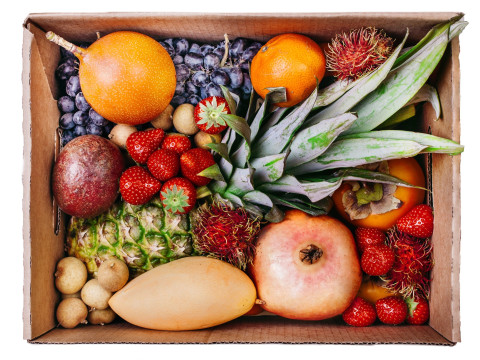Milking machines for cows: how to choose and use correctly
Milking cows is an important process on a dairy farm that directly affects the quality and quantity of milk. Modern milking machines make this task easier, increasing productivity and reducing animal stress. In this article, we will tell you how to choose a milking machine for cows and how to use it correctly to achieve maximum efficiency.
1. The principle of operation of the milking machine Milking machines work on the principle of creating a vacuum that gently extracts milk from the cow's udder. The system consists of several main components:
- Vacuum pump : Creates the vacuum necessary for pumping out milk.
- Pulsator : Regulates pressure by alternating compression and relaxation of the udder, simulating the natural sucking process of a calf.
- Milk cups : Connects directly to the udder and transfers milk to the reservoir through tubes.
- Milk pipe : Transfers milk from the milking cups to the storage tank.
2. Types of milking machines There are several main types of milking machines, which differ in their characteristics and purpose:
Mobile milking machines : Light and compact devices , which can be moved around the farm. They are convenient for small farms with a small number of cows.
Stationary systems : Large units used on large dairy farms. Stationary systems can serve several cows at once and have high productivity.
One- and two-post milking machines : Depending on the number of cows to be milked at the same time , you can choose a device with one or two posts. Two-post models allow you to speed up the milking process.
3. How to choose a milking machine? When choosing a milking machine, it is important to consider the following parameters:
Number of cows : If your farm has less than 10 cows, it is enough mobile milking machine with one post. For large farms, stationary models or devices with two posts should be considered.
Type of milk duct: The milk duct should be made of quality materials that do not affect the composition and the taste of milk. Food grade plastic or stainless steel tubes are usually used.
Pulsator type : The pulsator should ensure smooth and rhythmic operation of the apparatus. There are two types of pulsators: mechanical and electronic. Electronic models are more accurate and durable, but require more maintenance.
Milk tank volume : Choose the tank depending on the amount of milk to be collected for one milking process. Tanks of 20-30 liters will be suitable for small farms, while large farms may require more than 50 liters.
Power source : Milking machines can work from the network (220 V) or batteries. Mobile devices with a battery are convenient for use in the field, where there is no access to the power grid.
4. Installation and preparation of the milking machine Proper installation and preparation of the milking machine is the key to the successful operation of the device and the health of the cows:
Cleaning and disinfection: Before each use, it is necessary to thoroughly clean and disinfect all parts of the device that come into contact with milk and udder. This will prevent bacteria from getting into the milk.
Cow preparation : Before connecting the device, it is important to clean and massage the cow's udder. This improves blood circulation and stimulates the flow of milk.
Correct connection : Make sure that the milking cups are placed on the udder tightly and without distortion. Otherwise, it can cause discomfort to the cow and reduce milking efficiency.
5. How to use the milking machine correctly? The process of milking with the machine requires following several important rules:
Starting milking : Connect the milking cups to the udder and turn on the vacuum pump. Make sure the process is smooth and rhythmic. Avoid prolonged vacuum exposure to the udder to avoid skin damage.
Finishing milking : As soon as the milk flow decreases, turn off the machine and carefully remove the glasses Avoid sudden movements to avoid injuring the cow.
After milking : Treat the cow's udder with a disinfectant to prevent inflammation and infection.
6. Care and maintenance of the milking machine To maintain the long-term operation of the milking machine, regular maintenance is required:
Cleaning : After each milking, disassemble and wash all parts of the machine , which are in contact with milk. Use special detergents to remove milk residues and fats.
Vacuum system check : Regularly check the condition of the vacuum pump and pulsator. If the pressure drops, it can reduce the milking efficiency and increase the process time.
Replacement of parts : Worn or damaged parts (tubes, cups, seals) must be replace in a timely manner in order to avoid malfunctions of the device.
7. Advantages of using a milking machine
- Saving time and effort : Using a milking machine significantly speeds up the milking process compared to the manual method, especially on large farms.
- Improving the quality of milk : Correct use of the device allows you to minimize the contact of milk with the environment, which reduces the risk of its contamination.
- Comfort for cows : Modern devices are created taking into account the anatomy of animals, which makes the milking process comfortable and painless for cows.
Milking devices are necessary equipment for dairy farms of any size. When choosing a device, it is important to consider the number of cows, the type of equipment and its performance. Regular maintenance and proper operation of the device will help you improve the quality of milk, increase productivity and preserve the health of your animals.






















